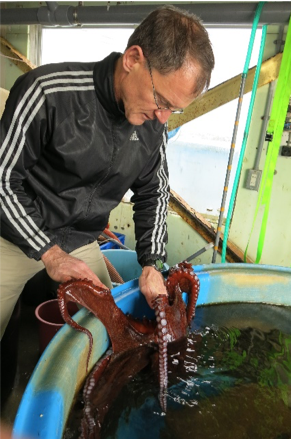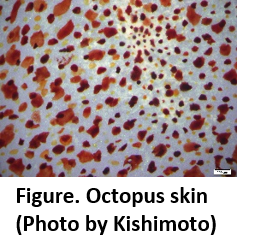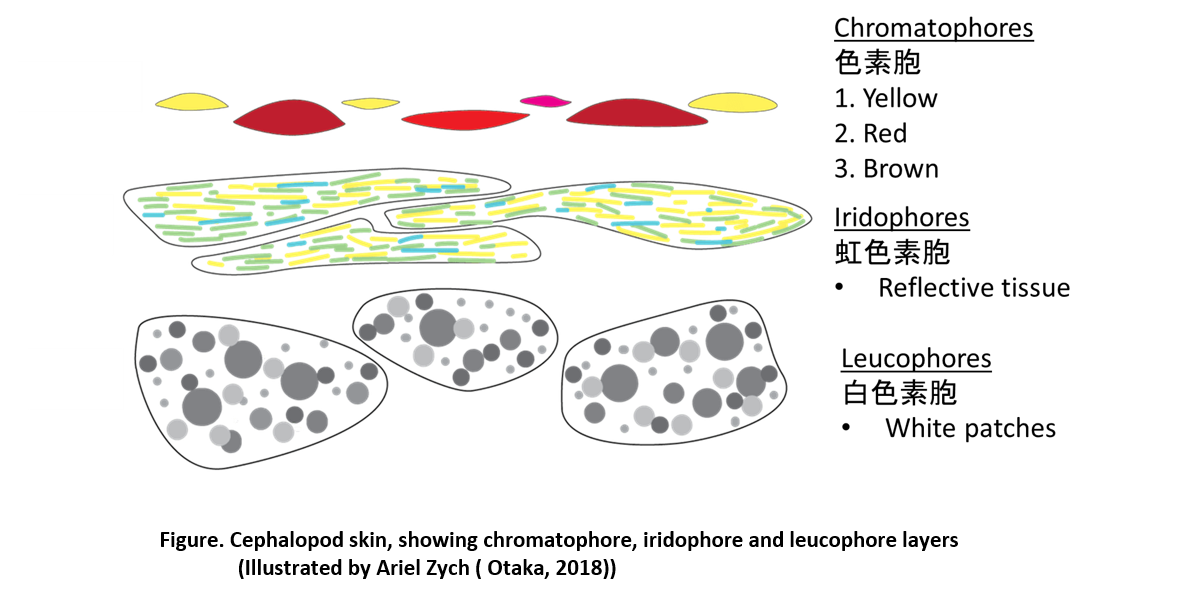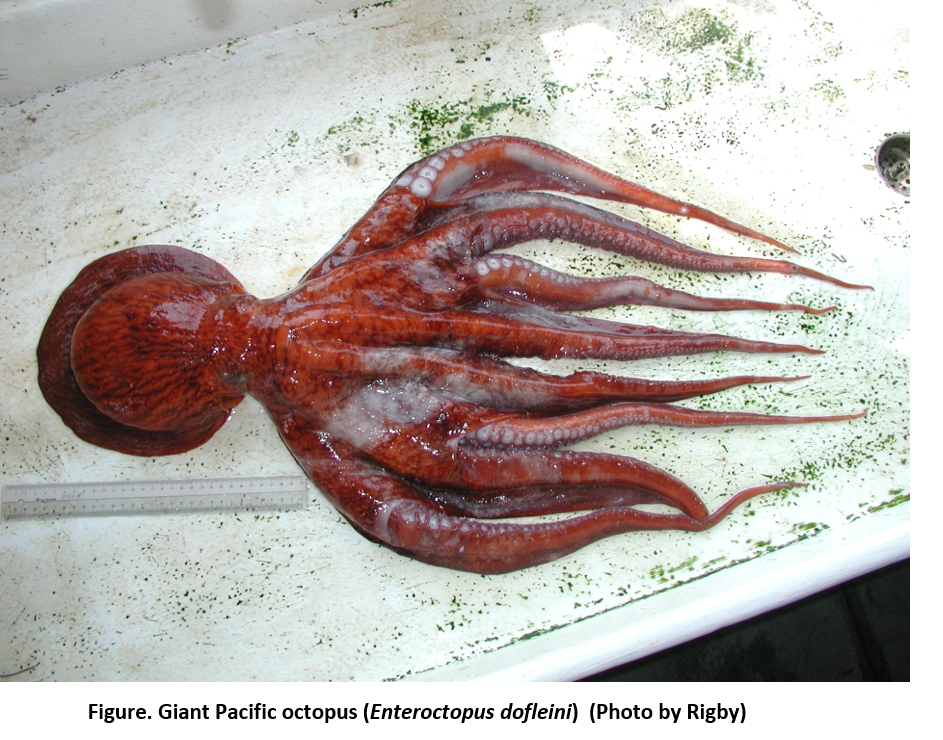Octopuses
are fast learners. They have large brains with 34 lobes and millions of
neurons. Yet only one-third of its total number of neurons occur in the brain.
Two-thirds occur in arms, skin and other organs! There is strong evidence in
octopuses and cuttlefishes for both short-term (one hour) and long-term
(several months) memory.
But
even though they seem smart, it is difficult to assess intelligence. For
example, there is little evidence (so far) that they play or can use tools. And
most cephalopods are not social. Are they really intelligent? More
experimentation is needed!






